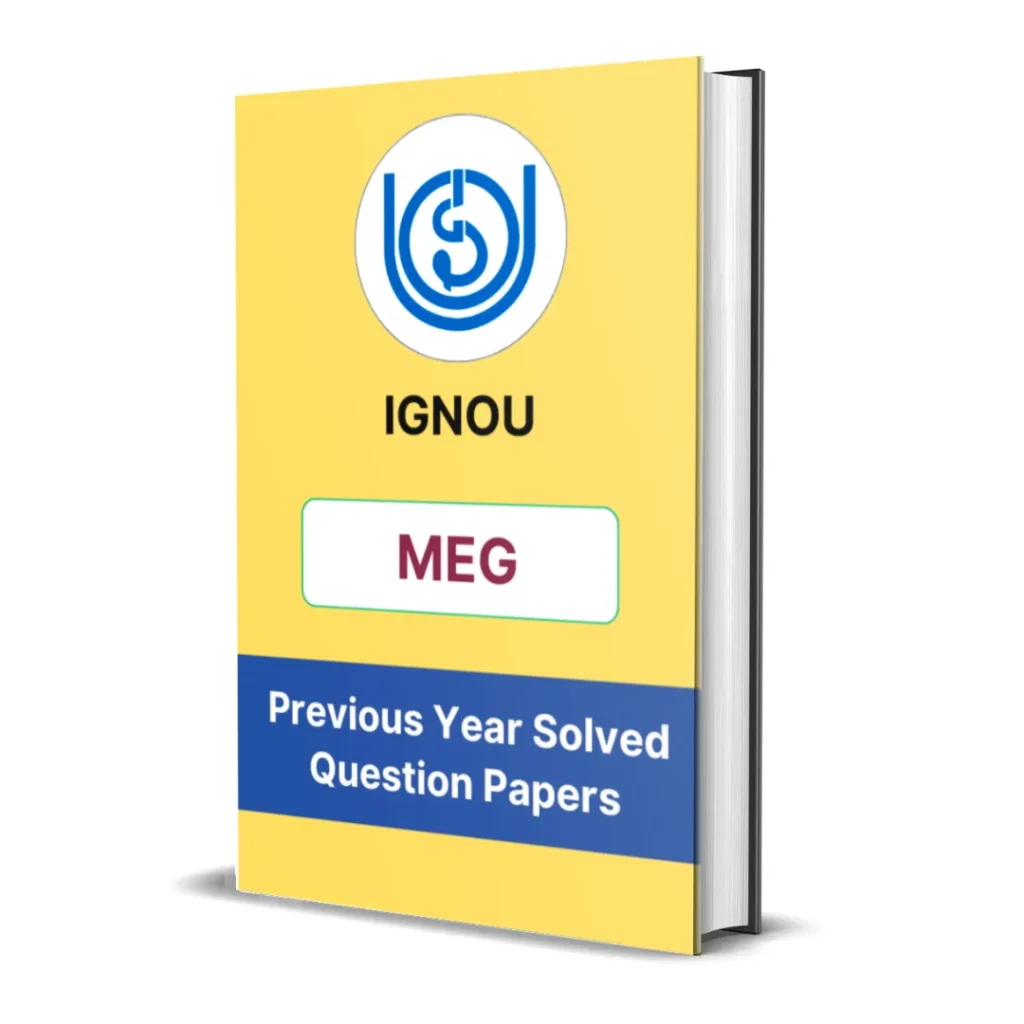IGNOU MEG-16 Block 4 Summary | Folktales of India
- Last Updated On October 20, 2025
Table of Contents
Here you will get the detailed summary of IGNOU MEG 16 Block 4 – Folktales of India: Motifs, Modes and Mores.
We have provided the summary of all units starting from unit 1 to unit 5.

Unit 1 – Folktales from India by A.K. Ramanujan
Unit 1 of IGNOU MEG-16 Block 4 focuses on A.K. Ramanujan’s Folktales from India, a seminal collection that brings together stories from different linguistic and cultural regions of the country. The unit highlights how Ramanujan’s work showcases the diversity of Indian storytelling traditions while revealing shared motifs and moral structures.
Ramanujan emphasizes that folktales are not mere entertainment but serve as mirrors of social and psychological truths, reflecting human emotions, cultural norms, and ethical dilemmas. His translations maintain the oral rhythm and flavor of the original tales, bridging the gap between local and global audiences. The unit also explores how Ramanujan’s comparative approach demonstrates India’s composite culture, where stories evolve through interaction among languages, castes, and communities.

Unit 2 – When the World was Young by Verrier Elwin
Unit 2 of IGNOU MEG-16 Block 4 focuses on Verrier Elwin’s When the World was Young, a collection that documents the myths and folktales of various tribal communities in India. The unit examines how Elwin’s anthropological and literary perspective brings out the innocence, humor, and moral imagination of tribal storytelling.
These tales often explain natural phenomena, human behavior, and moral codes through symbolic and mythical narratives. Elwin presents the tribal worldview as one deeply connected to nature and spirituality, where animals, gods, and humans coexist in harmony. The unit emphasizes that these stories preserve ancient wisdom while reflecting the simplicity and depth of tribal life. It also highlights Elwin’s role in giving visibility to marginalized voices, showing how folk traditions challenge dominant cultural narratives.

Unit 3 – Myths of Middle India by Verrier Elwin
Unit 3 of IGNOU MEG-16 Block 4 focuses on Verrier Elwin’s Myths of Middle India, a collection that explores the myths of the Gonds and other tribal communities from central India. The unit highlights how these myths serve as living traditions that explain the origins of the universe, natural forces, and human institutions.
Elwin’s work captures the poetic imagination of tribal societies, where myth and life are inseparable. The tales blend realism with supernatural elements, emphasizing values like courage, love, justice, and community harmony. The unit also examines Elwin’s method of documentation, his respect for oral sources, and his belief in the cultural richness of tribal heritage. Through these myths, the unit reveals how folklore acts as both a source of identity and a mode of cultural resistance, preserving alternative worldviews within India’s diverse narrative landscape.
Unit 4 – Manoj Das’s Tales Told by Mystics and The Lady Who Died One and a Half Times and Other Fantasies
Unit 4 of IGNOU MEG-16 Block 4 focuses on Manoj Das’s reinterpretation of folk and mystical traditions through his collections Tales Told by Mystics and The Lady Who Died One and a Half Times and Other Fantasies. The unit explores how Das blends folklore, spirituality, and fantasy to express universal human truths.
His stories draw from Indian myths, legends, and oral traditions, yet they are infused with philosophical depth and irony. Das uses the folktale form to question moral values, human vanity, and the mystery of existence. The unit emphasizes that his writing transforms traditional motifs into modern allegories, reflecting the coexistence of the material and the mystical in Indian culture. Through lyrical language and timeless themes, Das redefines folk narratives as vehicles for spiritual insight and cultural renewal.

Unit 5 – The Legends of Pensam by Mamang Dai
Unit 5 of IGNOU MEG-16 Block 4 focuses on Mamang Dai’s The Legends of Pensam, a novel rooted in the oral traditions and myths of Arunachal Pradesh. The unit explores how Dai weaves together history, folklore, and memory to create a narrative that reflects the worldview of the Adi community.
The stories in the novel blend the real and the supernatural, portraying a world where myths live alongside everyday life. Dai’s narrative technique mirrors oral storytelling, where multiple voices and perspectives coexist. The unit highlights how The Legends of Pensam celebrates the hybridity of indigenous identity, showing the coexistence of tradition and modernity. It also underscores how Dai uses folklore to assert regional identity and ecological consciousness, turning storytelling into an act of preservation and cultural affirmation.